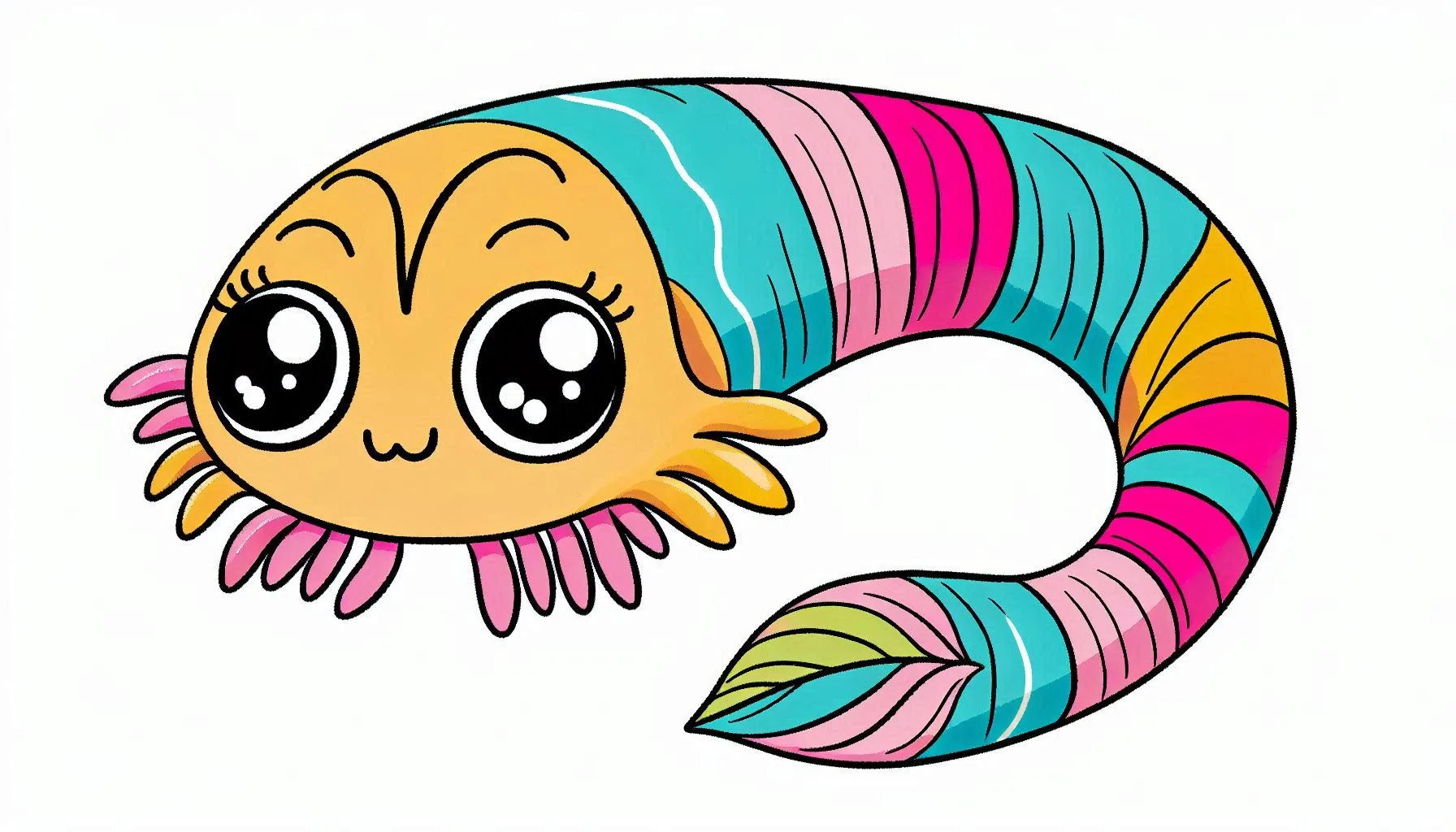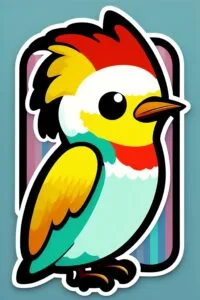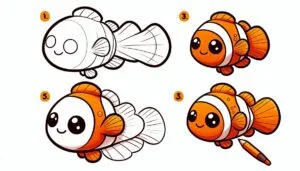How to draw turbellaria, also known as a planarian, can be an exciting and captivating experience for young artists! Turbellarians are fascinating creatures with distinct body structures. In this step-by-step guide, we’ll walk you through the process of creating your own turbellarian drawing!
Table of Contents
Materials Utilised
Before we get started, make sure you have all the necessary materials ready.
- Pencils available in different grades: HB, 2B, and 4B.
- Precise writing instruments or markers with a narrow tip
- Coloured pencils, markers, or watercolours
- Sketchbook or drawing paper
- Images of turbellarians for reference
- Eraser
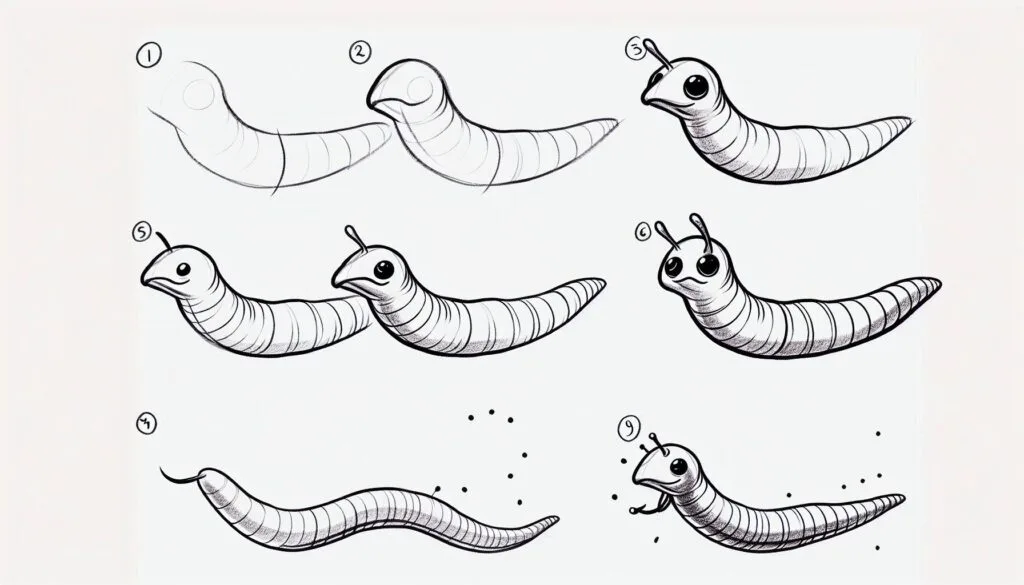
Step-by-Step Guide : How to draw Turbellaria
Step 1: Research and Reference Pictures
- Begin by searching for images of turbellarians online or in biology books.
- Take a look at their flattened appearance and distinctive features.
Step 2: Outline
- Start with a basic, two-dimensional shape to depict the turbellarian’s body.
- Include a slightly thicker section at one end to represent the head.
- Turbellarians exhibit bilateral symmetry, with their left and right sides being exact reflections of each other.
- Make sure your drawing has a balanced and symmetrical appearance.
Step 3: Coloring
- Opt for lighter shades when coloring the body. Turbellarians commonly display colours such as tan, brown, or grey.
- Adding shades of pink or other colors will bring vibrancy to your drawing.
Step 4: Eye Spots and Details
- Certain turbellarians possess eye spots located near their head. Include tiny dots to depict these sensory structures.
- Add simple lines or patterns along the body to create texture.
Step 5: Refine
- Refine and polish the details by removing any unnecessary guidelines.
- Make sure to double-check your proportions and make any necessary adjustments.
Frequently Asked Questions (FAQs)
What Are Turbellarians?
Flatworms called turbellarians, or planarians, can be found in aquatic environments
They possess basic body structures and commonly have both male and female reproductive organs.
How do turbellarians reproduce?
Turbellarians have the ability to reproduce either sexually or asexually.
Some organisms lay egg capsules, while others have the ability to divide their bodies to create new individuals.
Where can I locate turbellarians?
Turbellarians are often encountered in freshwater environments, including ponds, streams, and wetlands.
Search for them beneath rocks or in the vicinity of plants.
Do Turbellarians possess visual organs?
Indeed, certain species possess eye spots that aid in their perception of light and shadows.
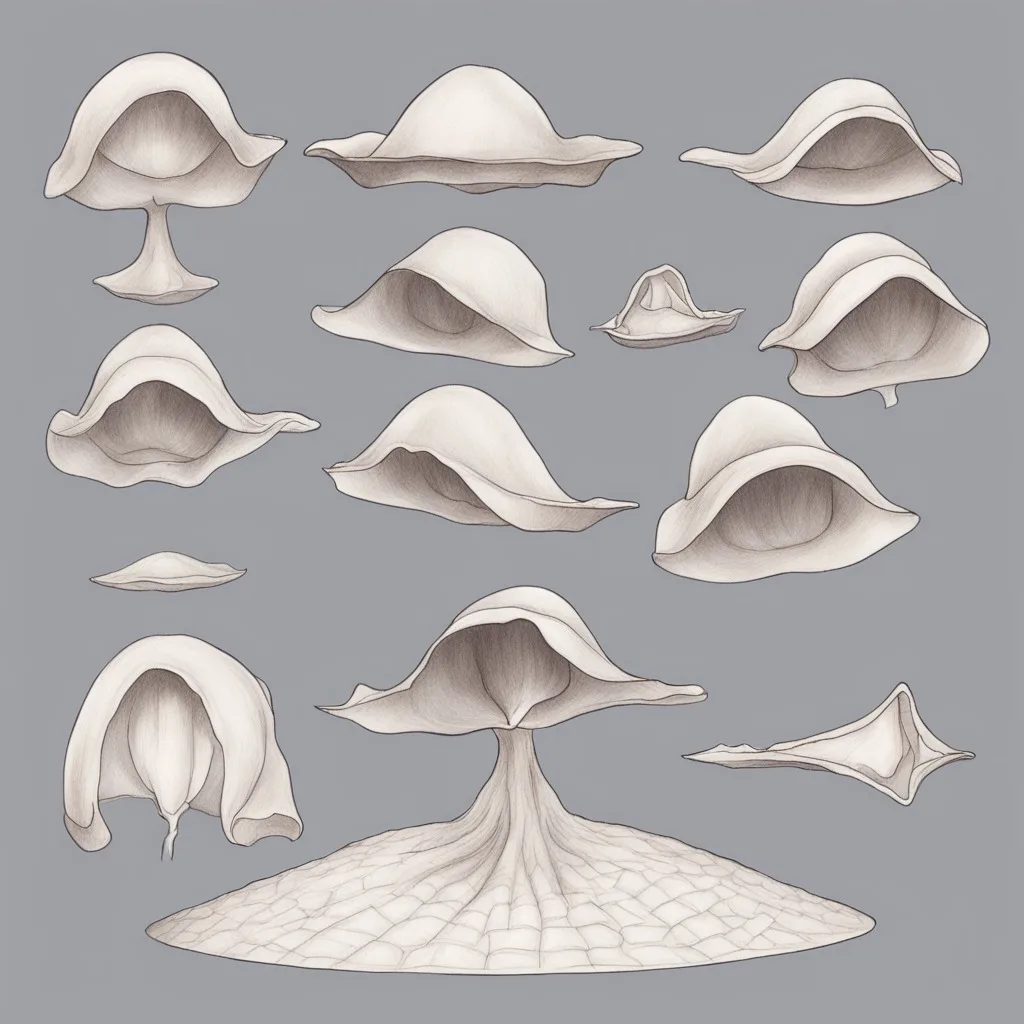
Find Inspiration
Take a look at scientific illustrations of turbellarians to get some inspiration for your drawing. Take notice of their uncomplicated yet captivating forms.
Conclusion
Creating a turbellarian drawing can be a fun and educational activity. Discover the captivating world of these mesmerizing flatworms through art! 🌟
Feel free to share your drawing of these fascinating creatures with us! If you have any additional inquiries, don’t hesitate to ask. Enjoy your drawing! 😊
I trust you will find this guide beneficial! If you require any additional help or would like to delve into other subjects, please don’t hesitate to ask. Keep being creative! 🎨
Check out this easy and enjoyable guide on drawing a ribbon worm by visiting the tutorial here! This fun resource provides simple steps, making it ideal for little creators to explore these amazing creatures while enjoying the process of drawing!

